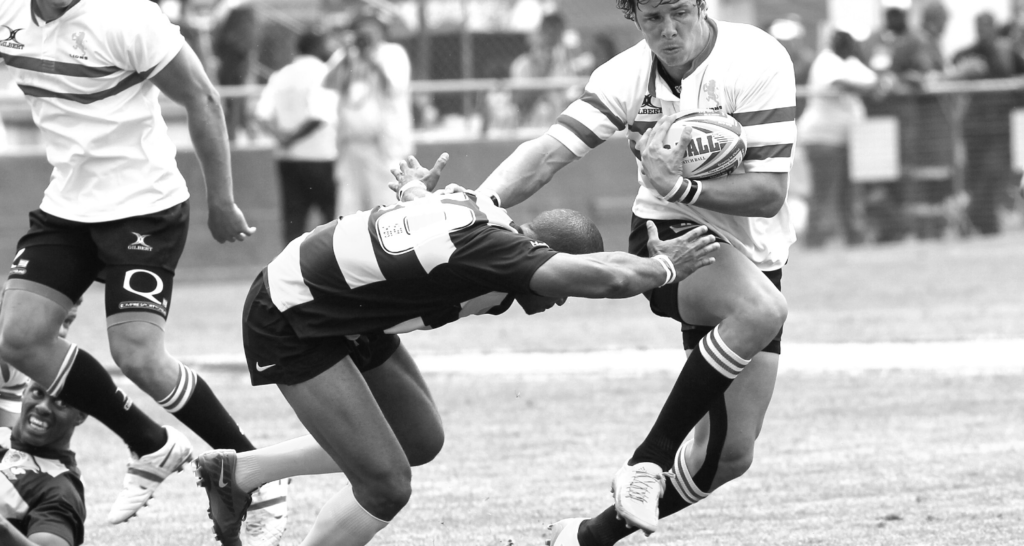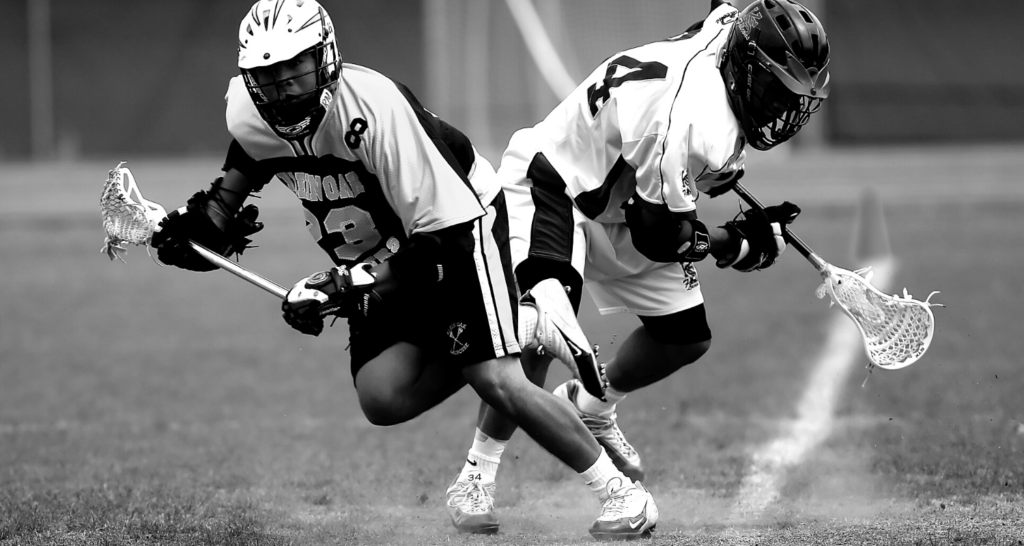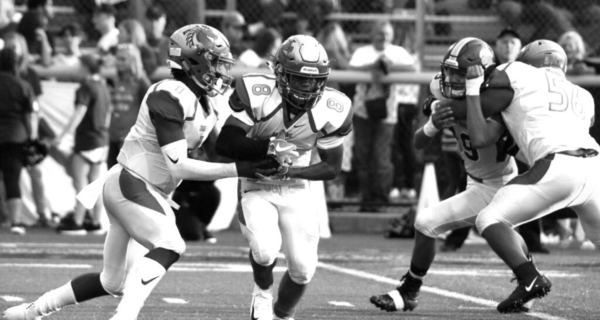“How do I make my players faster?”
As a coach, this seems like an important question to ask yourself, right?
It is! But not the most important question.
The most important question is, “how do I make my players faster in the game?”
Let’s say you train a group of twenty 15-year-old football players for 12 weeks. Like any good coach, you perform pre- and post-testing to measure the impact of your training.
After 12 weeks, you run your battery of tests, and find that 17 of your 20 players have improved their 10m fly time.
You’ve done your job, right? The players are faster.
No, they are not.
Or, more accurately – not necessarily.
You may have helped to improve their 10m fly time, but that doesn’t necessarily mean you have helped them play the game faster. These are two very different things, and the distinction is key to understanding how coaches can influence the performance of the players they work with.
Too often, coaches confuse the two.
Track-Speed vs Game-Speed
How many times have you seen ‘track-speed’ not translate to ‘game-speed’?
It doesn’t matter if you have a team of Usain Bolts if they can’t play the game fast — the entire game!
You see – ‘game-speed’ is different from ‘track-speed’.
Track-speed is simple: how fast can an athlete run from point A to point B.
Game-speed is more complex.
Game-speed is the kind of speed that coaches and athletes in team sport care about. It’s the integration of multiple capacities, abilities, and skills — all interacting at varying levels — the sum of which produces sporting movements ‘at speed’.
This distinction between track-speed and game-speed is key, and lies at the heart of what you should be doing to improve your players’ performance.
Running faster fly-10s is great – but what’s the point if the players don’t play faster?
It is true that game-speed is limited by track-speed: you can’t run faster in a game than you can out of the game. But the assumption that improved track-speed will automatically lead to improved game-speed is a myth.
It’s a myth that’s led to overly-simplified training methods lacking in transfer to the game.
And if it doesn’t transfer, why are you doing it?
WHAT KIND OF SPEED?

Getting your players to play faster begins with understanding the demands of the game (or position within the game): what ‘kind of speed’ is important, and what impact this has on playing the game.
- Does it involve maximal sprint efforts of over 25m up to 15 times per game, like the wide receiver position in American football?
- Or maybe, as in soccer, a majority of the sprints are less than 20m, and occur more frequently, with less rest?
- Perhaps the sprints occur in limited space, surrounded by teammates offering support, and opponents attempting to tackle, as in rugby?
- Maybe the majority of the sprints are sub-maximal, and game play has more to do with oscillating periods of sprinting and recovering than it does with maximal sprint speed, as in field hockey?
WHAT KIND OF SPRINTING?

In addition to the ‘kind of speed’ the game demands, we also need to know the ‘kind of sprinting’ : i.e. how the players sprint.
In the game, how an athlete sprints is the result of the athlete’s ongoing interactions with all the other parts of the game – i.e. the task and the environment. A player will sprint very differently in practice by herself than in a game with a ball at her feet, and challenged by a defender, for example.
In the game, how an athlete sprints is the result of the athlete’s ongoing interactions with all the other parts of the game – i.e. the task and the environment
Does most of the sprinting involve holding an implement, as it does in hockey or lacrosse? This is going to affect the kind of sprinting we should be working on in our training, right?
Maybe all of the sprinting in the game is in pads, as it is in American football. How does this additional information effect the kind of sprinting we see in the game? It goes without saying that if all of the game-speed involves a helmet and pads, then we should we look for opportunities to train this way, right?

Playing Faster – The Only Thing That Matters
When I began to focus more on how fast players were in the game, rather than how fast they were outside the game, I really started to make a difference in the performance of the players I worked with. I began to work with NFL players, and professional rugby, hockey, and soccer players. I began to consult with a number of professional teams across multiple leagues, and even flew first-class to consult with teams in other countries!
I was no longer just ‘the speed guy’, but instead the guy players and coaches looked to to improve how their players actually played the game.
Again – this is the only thing that matters!
If your players sprint faster, but they can’t play faster – then you’ve just wasted your time – and theirs!
Want to learn more?
We have written the ALTIS Game-Speed Model eBook to help you better understand the demands of the game, so you can impact how fast your players play the game.
And this is what it’s all about, right?
Playing FASTER!


